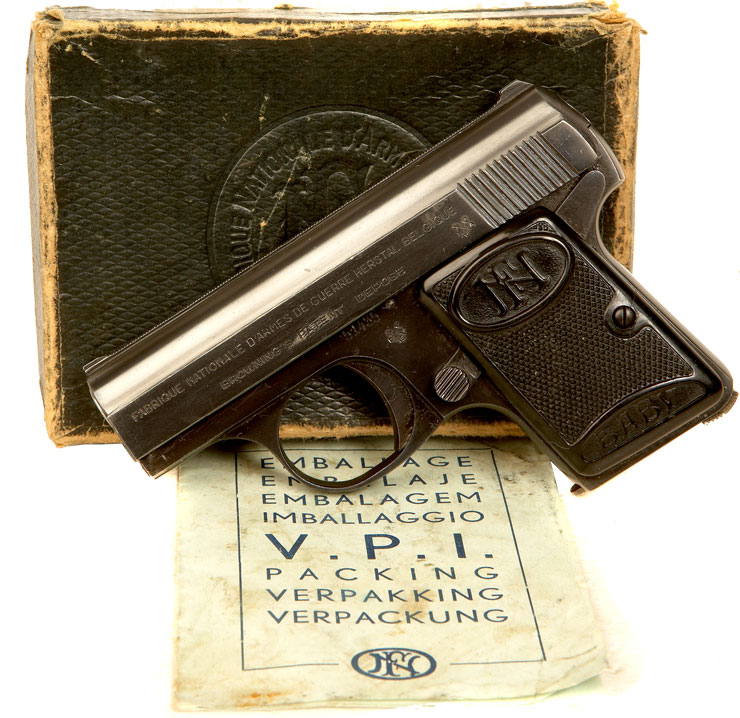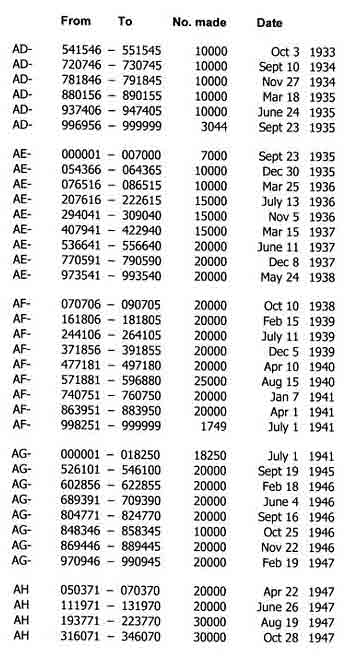
There are a number of techniques that forensic firearms examiners use to restore obliterated markings and they fall into two broad categories, namely, nondestructive and destructive. For this reason, they are often obliterated by criminals using methods such as filing, grinding, center-punching, over-stamping, drilling, or welding. They provide a means by which law enforcement agencies can trace the origin and registered owner (if applicable) of a firearm. They are unique to an individual firearm, although there are instances where firearms from different manufacturers can have the same serial number. However, some police stations will run checks through the National Crime Information Center to see if the gun is listed as stolen.Serial numbers are placed on firearms during the manufacturing process and generally consist of a combination of letters and numbers or numbers alone.

Tracing a gun's serial number through the ATF to see if it was involved in a crime is only permissible for law enforcement agencies involved in a bona fide criminal investigation where a gun is recovered or suspected to be involved. Get a notarized bill of sale for any gun you purchase so you'll have some protection if the gun is later identified as stolen property. People who lose their guns' serial numbers won't be able to report them on the sites. The sites' information comes from citizens reporting their stolen guns. Not getting a hit doesn't mean the gun isn't stolen, however.

Not all states allow private individuals to sell firearms without going through a licensed firearms dealer.


 0 kommentar(er)
0 kommentar(er)
